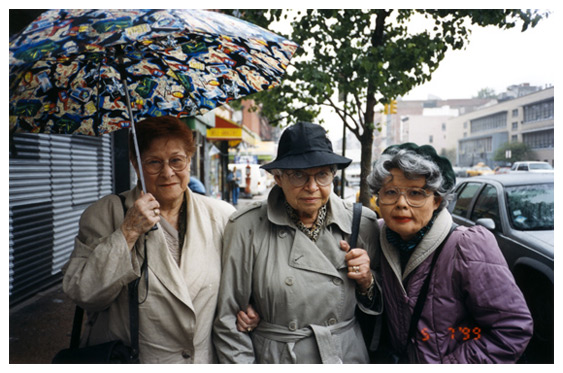The “Projects” series is less about artistic beauty, and more about exploring the many facets of oneself. Lee has said that each of the roles she played during this project made up a piece of her. She examines the ways that a person can be made up of many disparate identities and personality traits, and she also examines the way that being surrounded by different groups of people who share those traits can completely change how you are perceived by others.This series is not Lee’s first major photographic undertaking. For her “Projects” series, Lee insinuated herself into subcultural groups, working for two to three months to be accepted in each social group. These groups included seniors, Hispanics, swingers, yuppies, lesbians, and others. For each project, Lee changed what she wore, where she shopped, and how she presented herself. After she had spent time with them, she would ask a friend or passerby snap a picture of the group. These photographs—simultaneously staged and casual—are less than professional, even including the date and timestamp from the small digital cameras used to take them.
Each of Lee’s series analyzes the deeper meanings of outward identities. She focuses on how identities can be changed by who we surround ourselves with, what we wear, and how we act. While “Parts” spotlights the ways the relationships affect our lives, “Projects” demonstrates the fluidity of identity that people use to define others as well as themselves.



